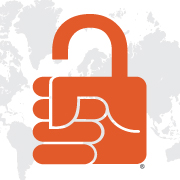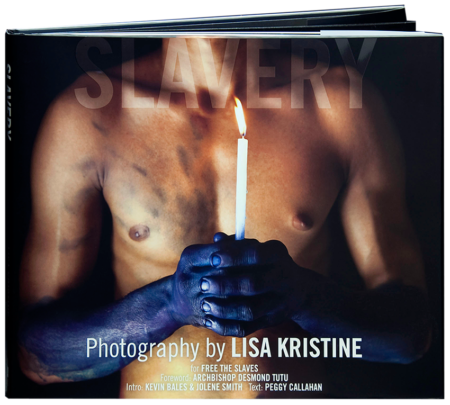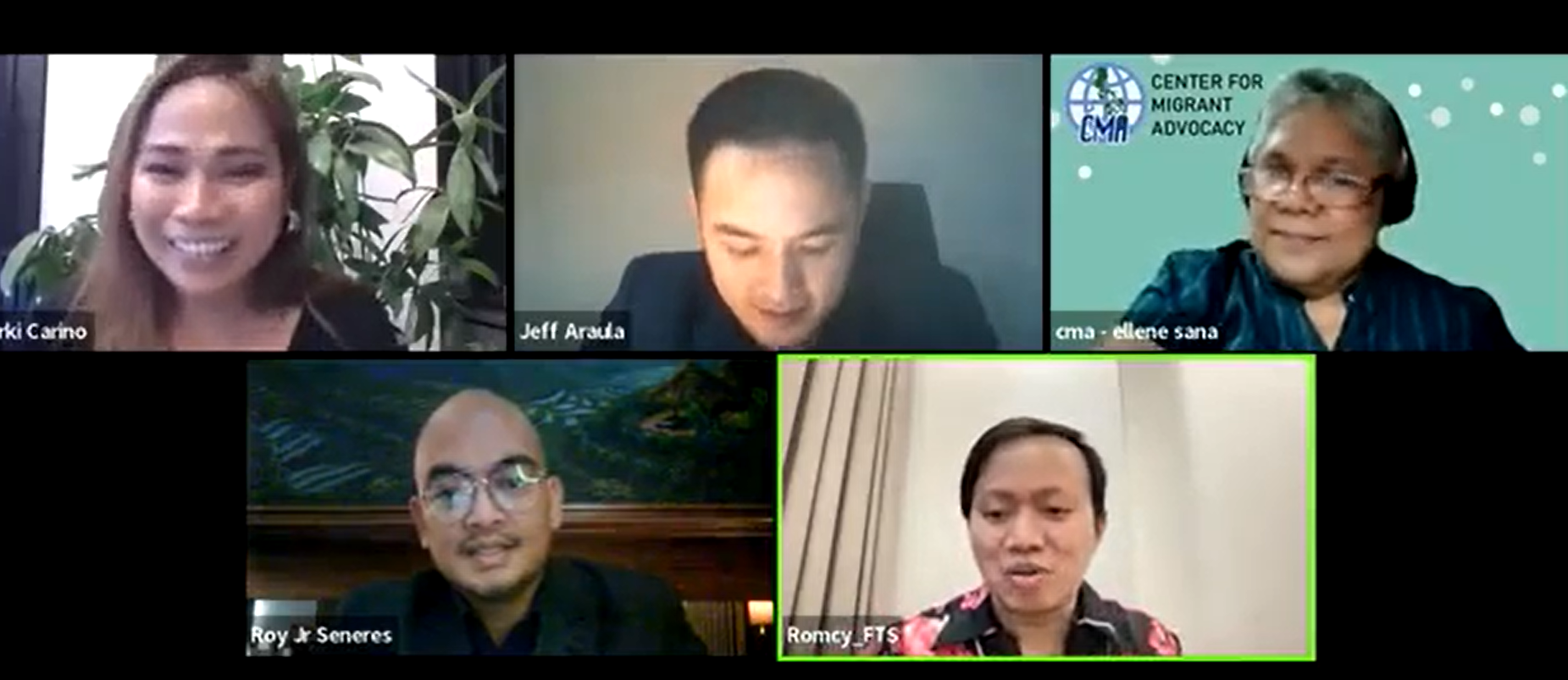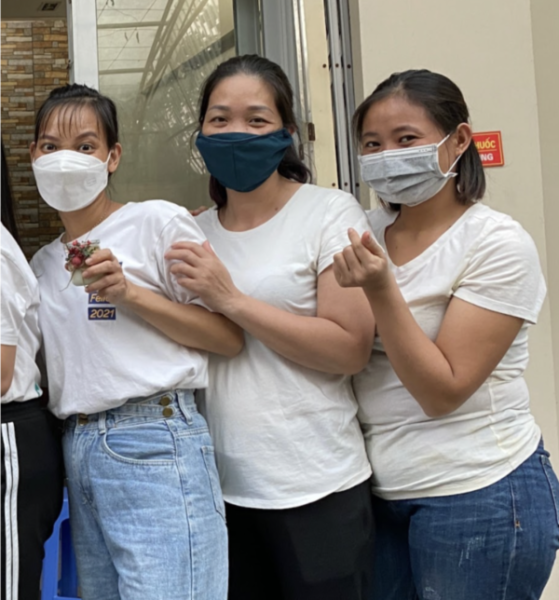Over a 30-year career, Lisa Kristine has documented native cultures and causes in more than 100 countries. She is an internationally acclaimed humanitarian photographer. Today she is a global voice of anti-slavery activism. Yet it wasn’t always so.
Seeing Slavery at Last
In 2009 Kristine was the sole exhibiter at the World Peace Summit. Surrounded by the most influential humanitarians on the planet, she met a supporter of Free the Slaves. When she found out slavery still exists, she felt “gutted.”
“My entire life is based on observing others, and yet I hadn’t seen it,” Kristine remembers. “I felt heartbroken.” Three decades of travelling the world, and she had missed slavery. She worried how many others didn’t know. She had trouble sleeping. Within two weeks Kristine had called FTS co-founder Peggy Callahan to offer her help.
Kristine picked up her camera, went into the field and captured both the suffering and inner strength of people in slavery. “I stand for freedom because it’s every person’s birthright,” she says. “We all have something to give.”
Face to Face with Slaves
The first time Kristine saw slavery in person was in the brick kilns of India. The day was scorching. Slaves old and young were stacking bricks on their heads, each weighing almost four pounds. They worked mechanically, blanketed in scarlet powder, for up to 18 hours a day.
“Their eyelashes were pure dust,” Kristine says. “I really wanted to cry, and the abolitionist standing beside me said, ‘Lisa, don’t do it here. It’s not safe for them; it’s not safe for you.’ It was a very moving experience. It’s no small thing being privy to the underbelly of society, to really see what slavery is in its harshest form.”
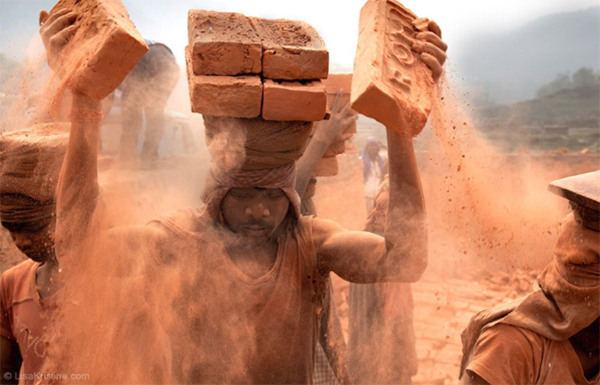
Brick kiln slavery in Asia | Copyright Lisa Kristine
Kristine’s work with Free the Slaves has also shown her firsthand how people are rescued and entire communities are freed. What still strikes her most is the light in the eyes of both slaves and survivors.
The Faces of Slavery
In 2010 Kristine and Free the Slaves co-published Slavery, a collection documenting horror and anguish, astonishment and wonder. Her camera alights on slaves trapped in kilns, mines, and brothels—palpable images that bear witness to modern slavery in all its ugly malice. Her photographs solemnize sorrow yet also mark a steadfast sense of pride, power and self.
“The wonderful thing about photography is that it transcends language,” Kristine says. Viewers feel a visceral connection to the people in her photos. Her work evokes a lingering disquiet over the state of modern slavery but is also a motivator to do something about it.
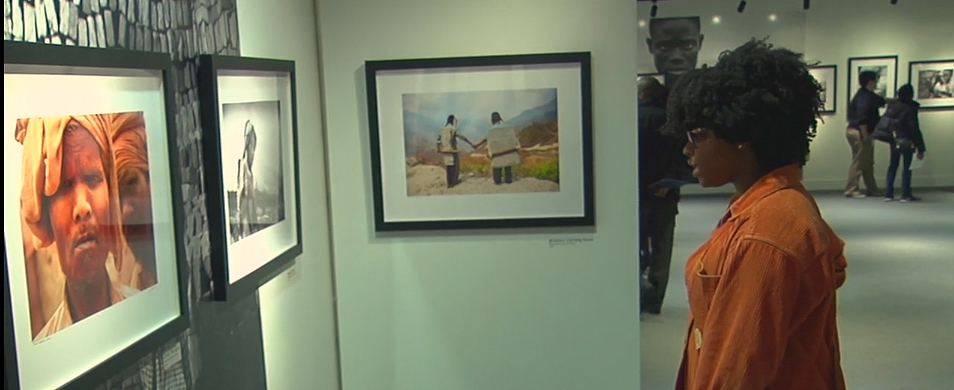
Lisa Kristine Exhibition | Image: Erica Jordan
In the forward of Slavery, Archbishop Desmond Tutu writes, “We can stand with those enslaved today and let them know they are seen.” By joining forces with Free the Slaves, that’s exactly what Kristine did. Every sale of Slavery contributes directly to FTS. In 2013 Kristine received the Lucie Humanitarian Award, in part because of her work on the book with Free the Slaves.
A Communal Effort
Kristine uses her talent to make images that circle the globe raising awareness of modern slavery, enlightening people who then join the freedom fight—making our shared efforts even stronger. Her support helps vital frontline partners carry out our innovative Community-based Model for Freedom. Our alliances with anti-slavery groups all over the world mean donations have global impact.
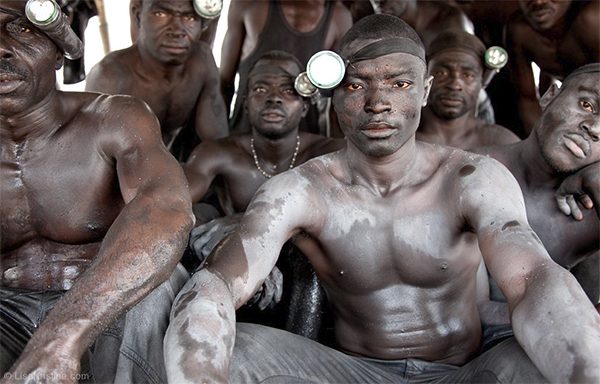
Gold mining slavery in Africa | Copyright Lisa Kristine
Kristine once did a project on centenarians, people who live more than 100 years. She asked what advice they would offer the world. “They almost [all] had the same answer, all of them. It was: Help one another.”
Slavery’s prevention, abolition, and recovery are evolving efforts. Committed FTS donors fuel the journey to viable freedom for millions suffering as slaves and struggling as survivors.
“If you take one step toward the gods, the gods take 10 toward you,” Kristine says. “Look in yourself and find the one thing you can give toward ending slavery.”
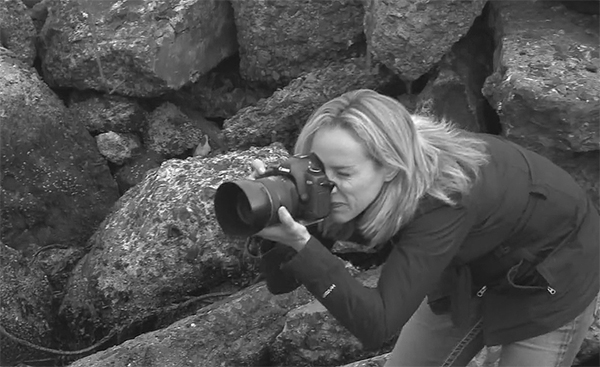
Lisa Kristine on location| Image: Erica Jordan
Millions have viewed Kristine’s 2012 Ted Talk —stunning images of human suffering and spirit. Look at the faces of modern slaves. Then look inside yourself. Will you join Kristine in supporting our crucial work? Your donation spreads freedom worldwide.
Free the Slaves needs your help.
Learn more. Take Action. Donate Today.
We Don’t Free Slaves, You Do!
